- All posts
- Concrete
- Driveway
- electric heated mats
- Energy Efficiency
- Enjoy
- Hail
- Health
- Heated Driveways
- Heated Floor Mats
- Heated Mats
- Home Maintenance
- Ice
- ice dams
- Landscaping
- Liability
- Michigan
- Press + Praise
- Property Maintenance
- residential
- Roof
- Roofs
- safety
- salt
- Senior Safety
- Shoveling
- shovelling
- Slip and Fall
- Snow
- snow and ice management
- Snow and Ice Removal
- Snow Melting
- Snow Melting Mats
- Snow Removal
- Snow Removal Contractor
- Winter Car
- Winter Driving
- Winter Gardening
- winter prep
- Winter Safety
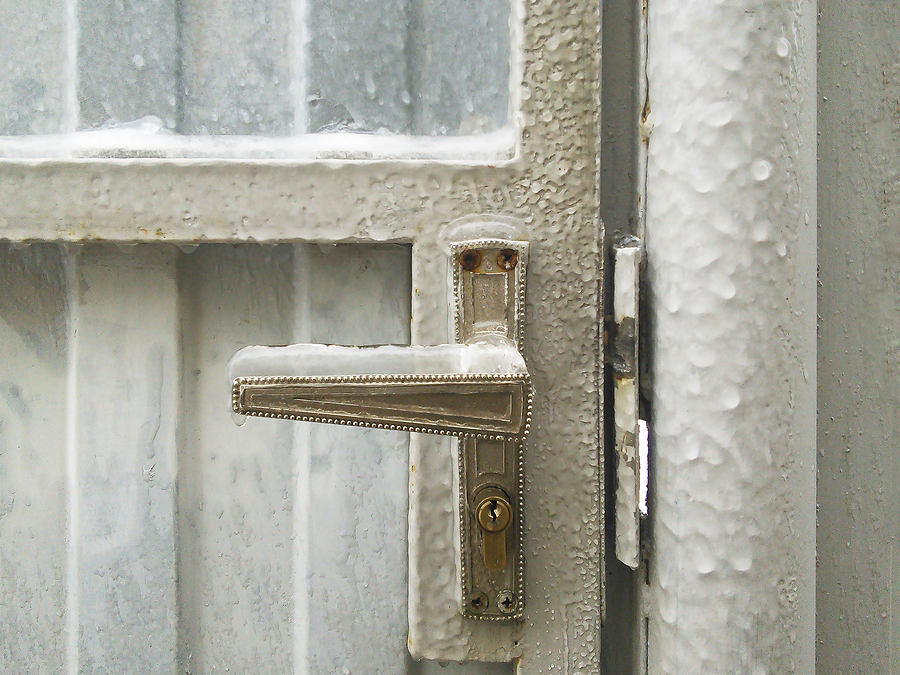
Stopping Cold-Air Drafts Around Your Doors
What causes drafts in the first place? Gaps in the construction of your home or an opening that has been left unsealed. That’s why you’ll commonly experience drafts around windows, doors, pipes, an...

How to Thaw Frozen Water Pipes in a Wall
Dealing with frozen pipes can be an unexpected hassle. Catching the problem sooner rather than later is key. Here's how to fix it.
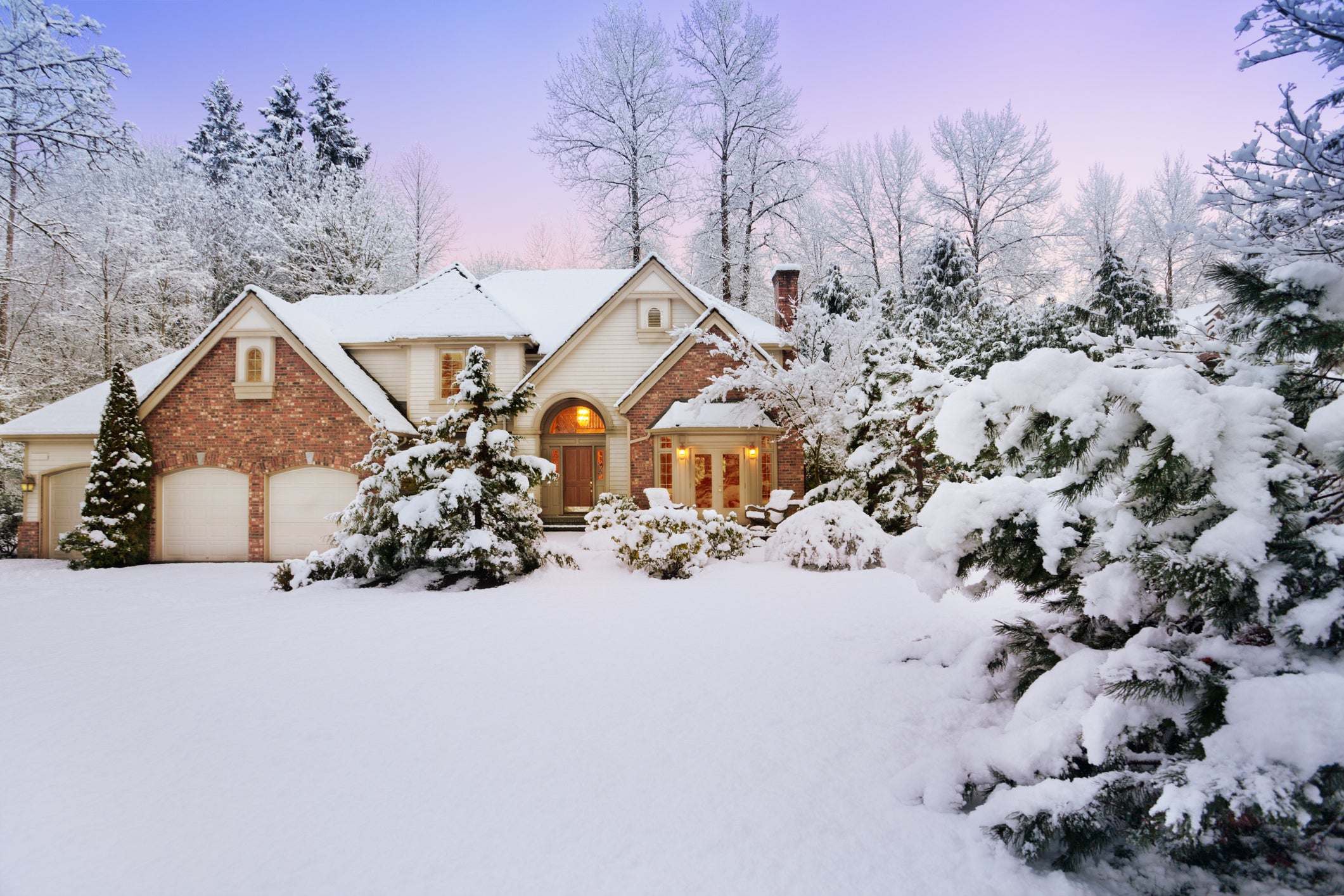
Great Snow and Ice Removal Hacks to Keep Your Property Safe
Looking for proven ways to clear snow and ice effectively? Dive in to find time-tested hacks that promise to make your winters a little warmer and your pathways a lot safer.

Winter Pet Safety Tips for a Joyful Chilly Season
Dive into our winter pet safety guide to protect your beloved pets during the cold months.
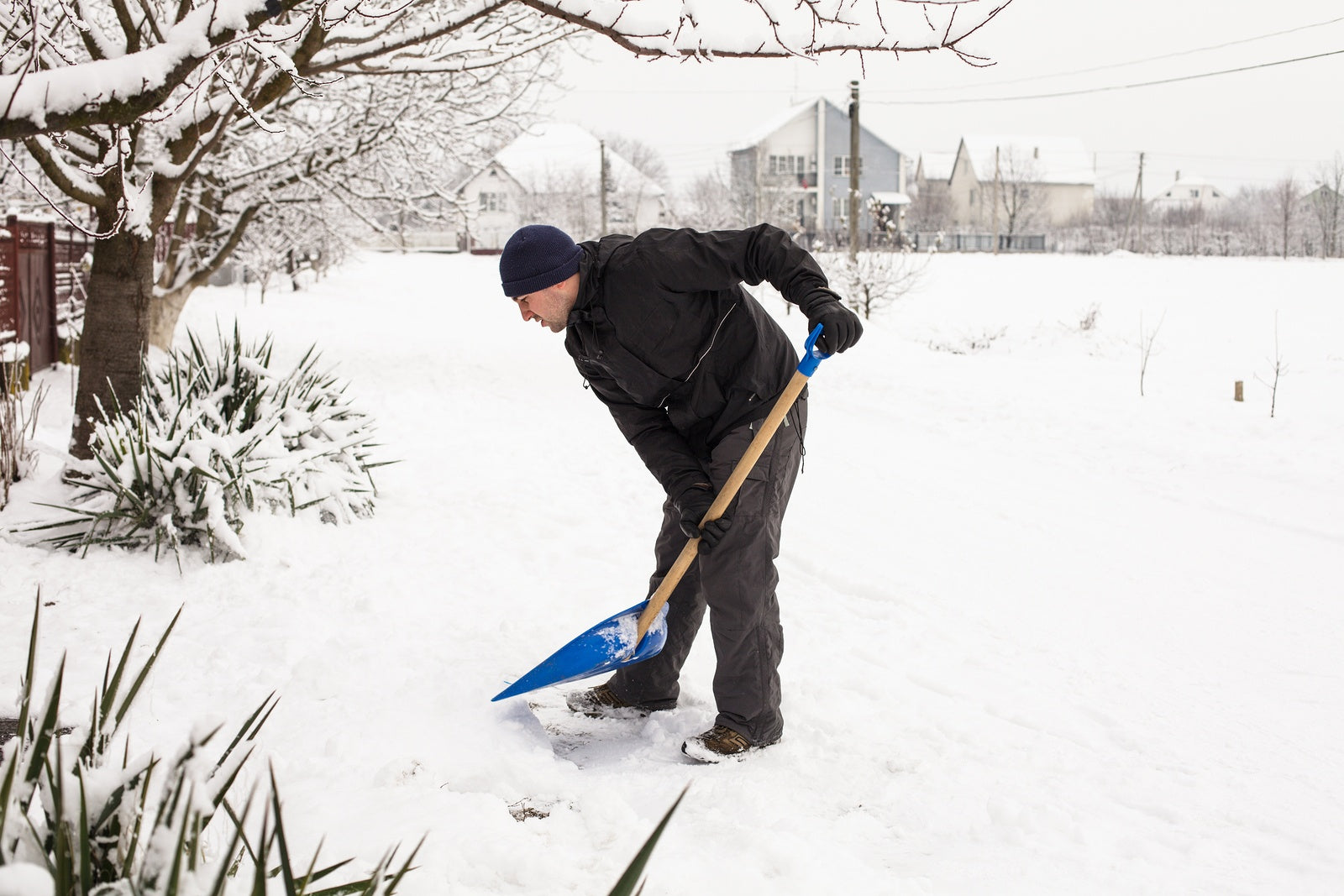
Back Problems Associated with Shoveling Snow
Every year, thousands of people injure themselves while shoveling snow out of their driveways, and a large portion of those injuries are sustained on the back. The constant bending over, raising an...
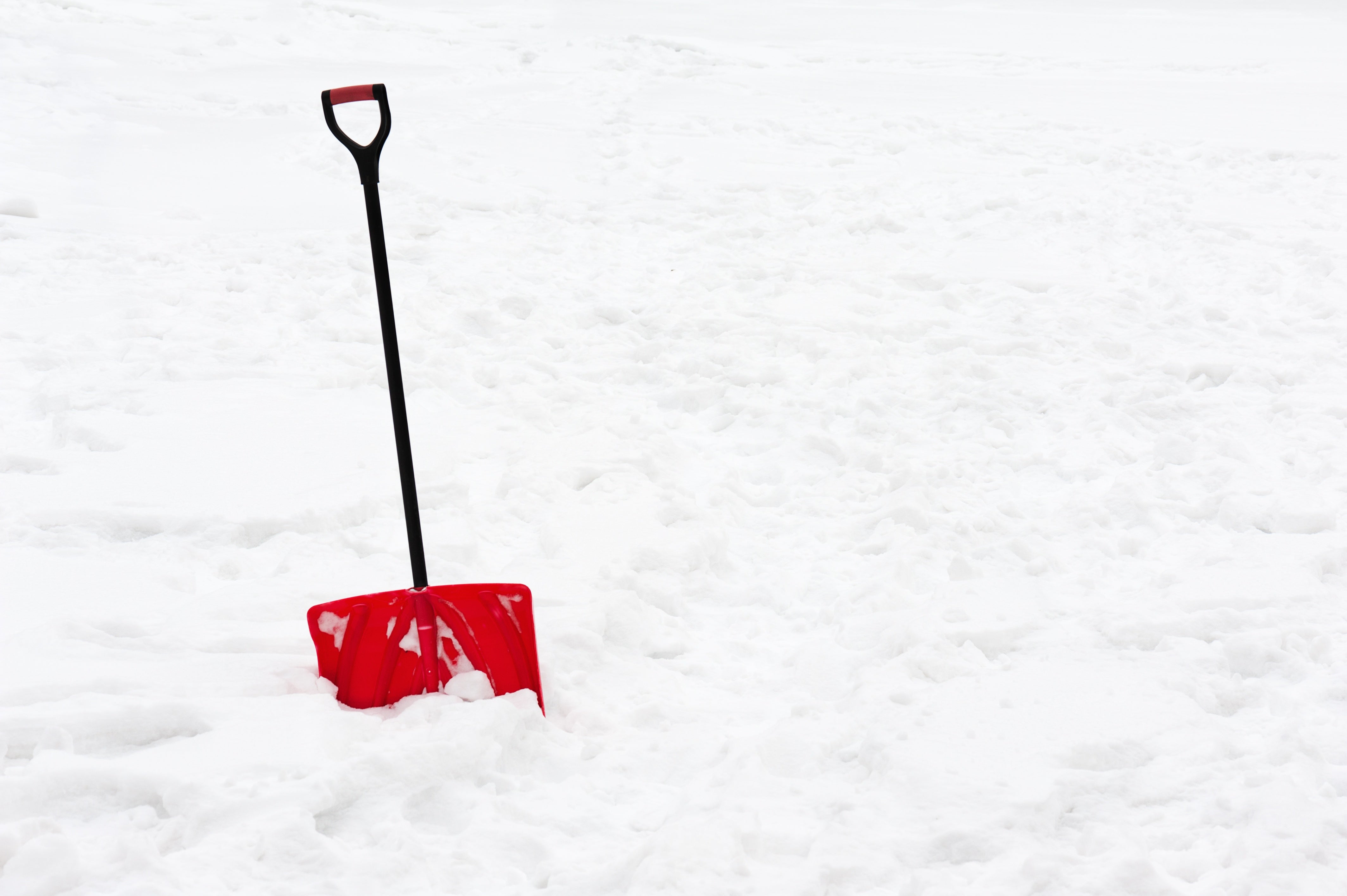
Ways to Get Help With Snow Removal for Your Elderly Parents
The winter months are tricky to navigate for anyone, but the group of people who faces the most difficulty is unquestionably the elderly. To start, seniors are very susceptible to slipping and fal...
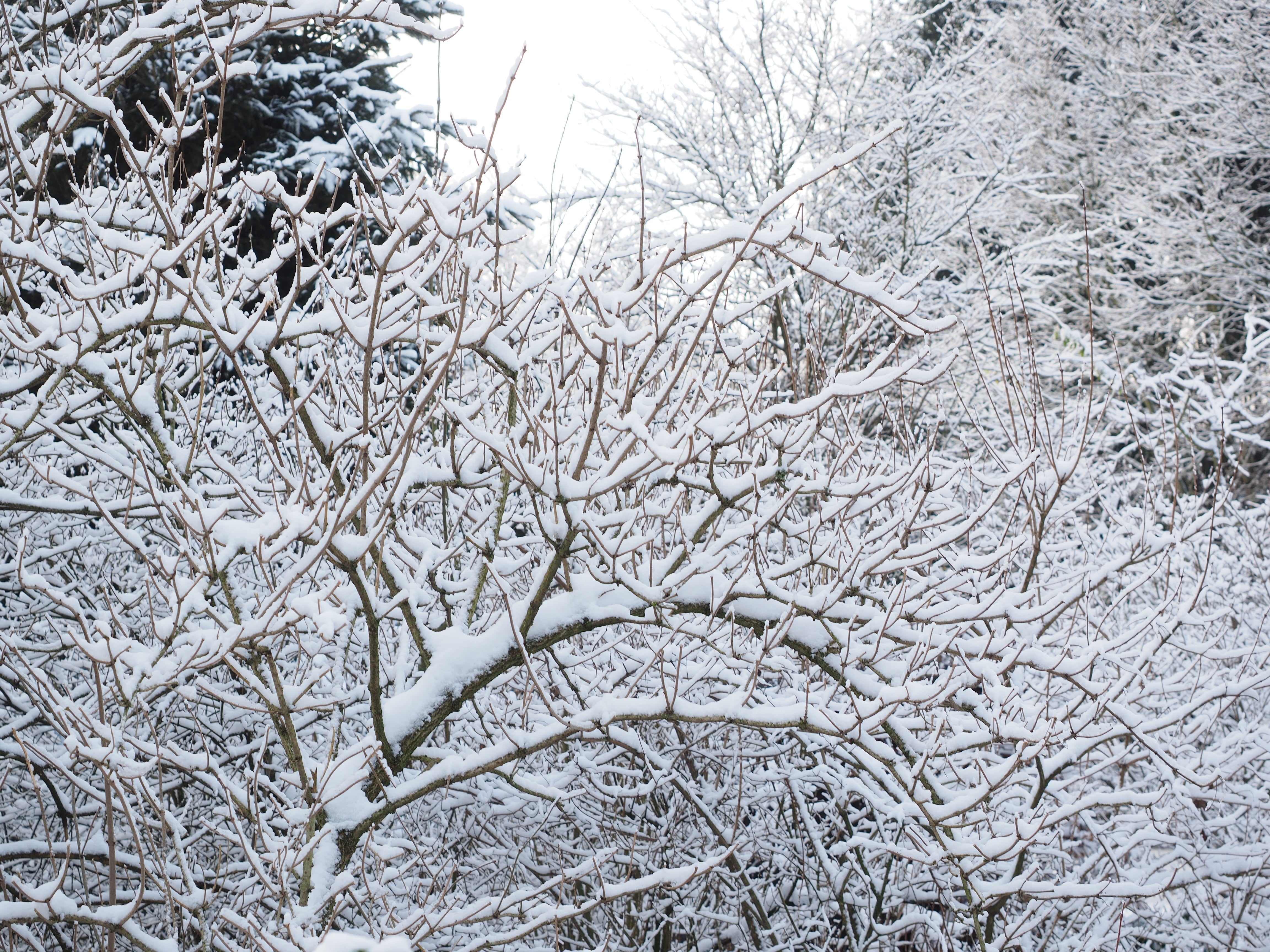
Getting Your Mats Ready for the Winter
Winter is right around the corner, and you can get ahead of it by preparing your snow and ice melting mats. These easy steps will help ensure you’re ready for that first snow day when it arrives.
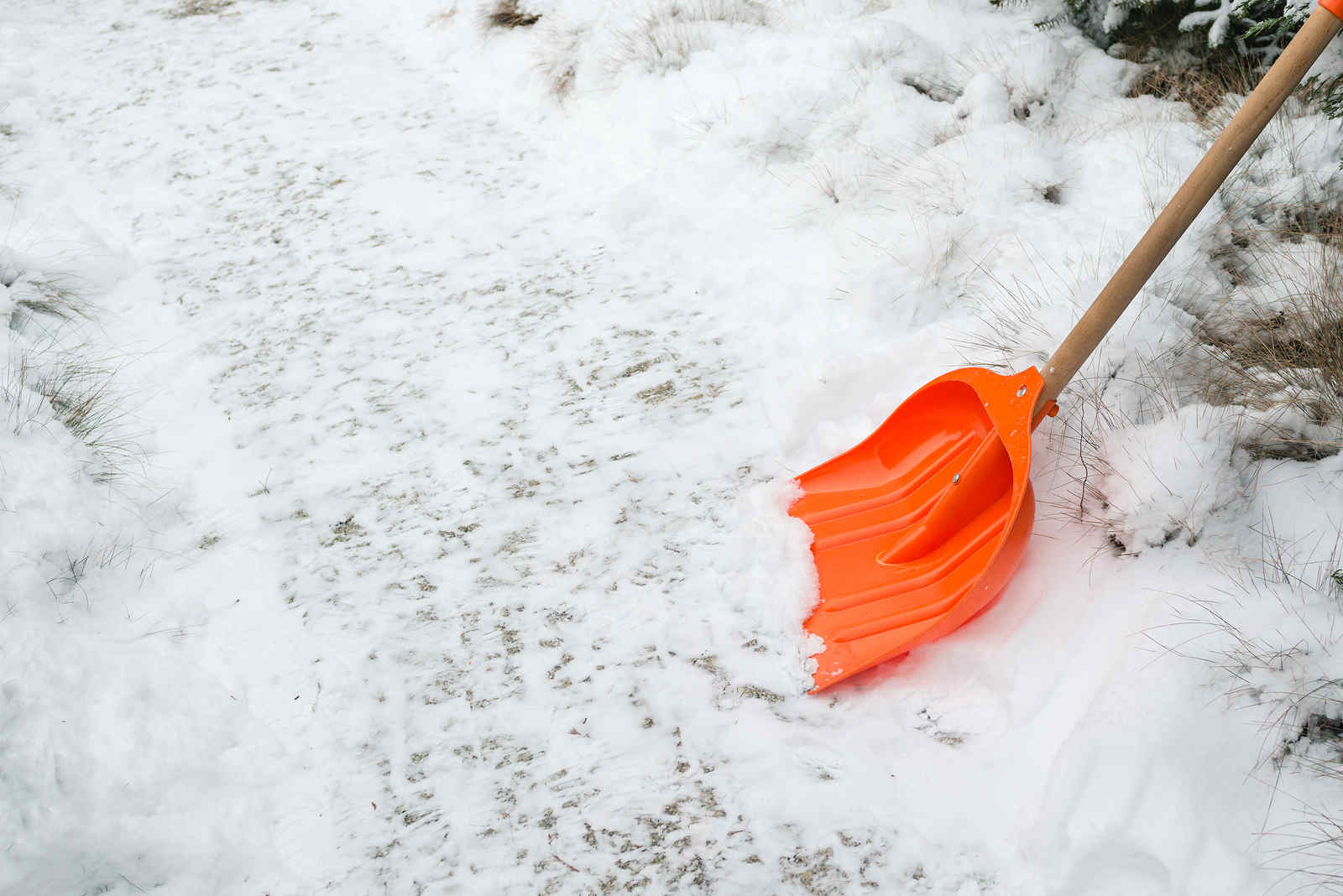
How to Shovel, Melt, and Remove Frozen Snow
So, how do you eliminate this icy white stuff? Leaving it in hopes of another warm day can pose a hazard to your safety. Here’s how to shovel, melt, and remove frozen snow for good.
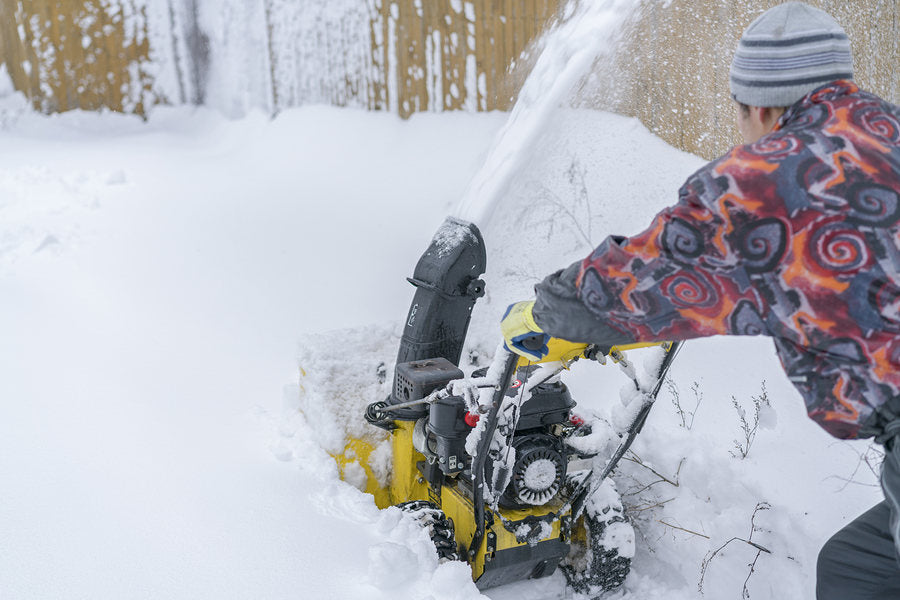
Snowblower Safety: Are they Safe? How and Why to Use a Snowblower
Come winter, a snow blower is a great tool when you need to clear fallen snow quickly. Snow blowers work by blowing fallen snow to the side, clearing a yard, driveway, or sidewalk in just a few min...
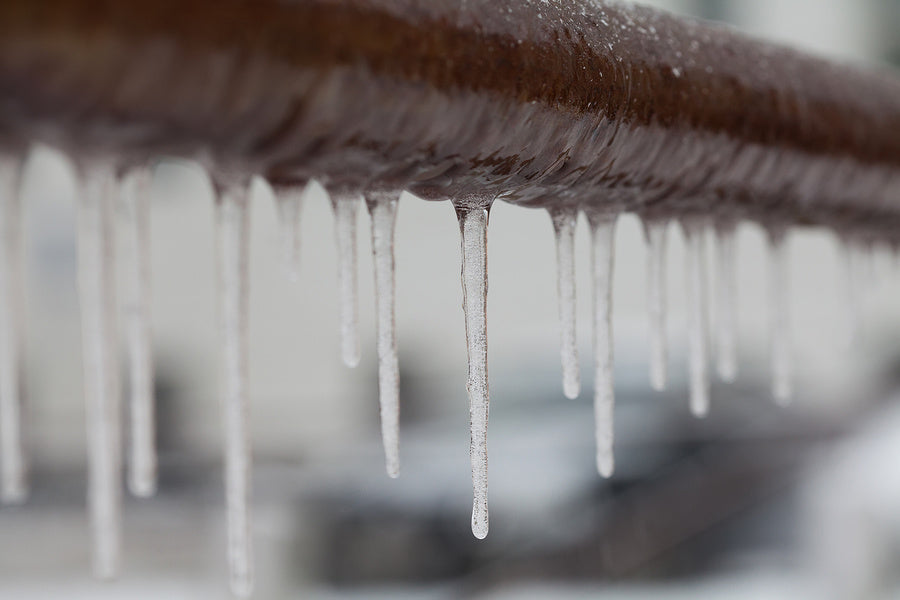
What to Do if a Frozen Pipe Bursts in Your Home
One of the most common hazards of winter is frozen pipes, and they can cause major problems in your household. A burst frozen pipe can even happen to even the most attentive homeowner. When it does...
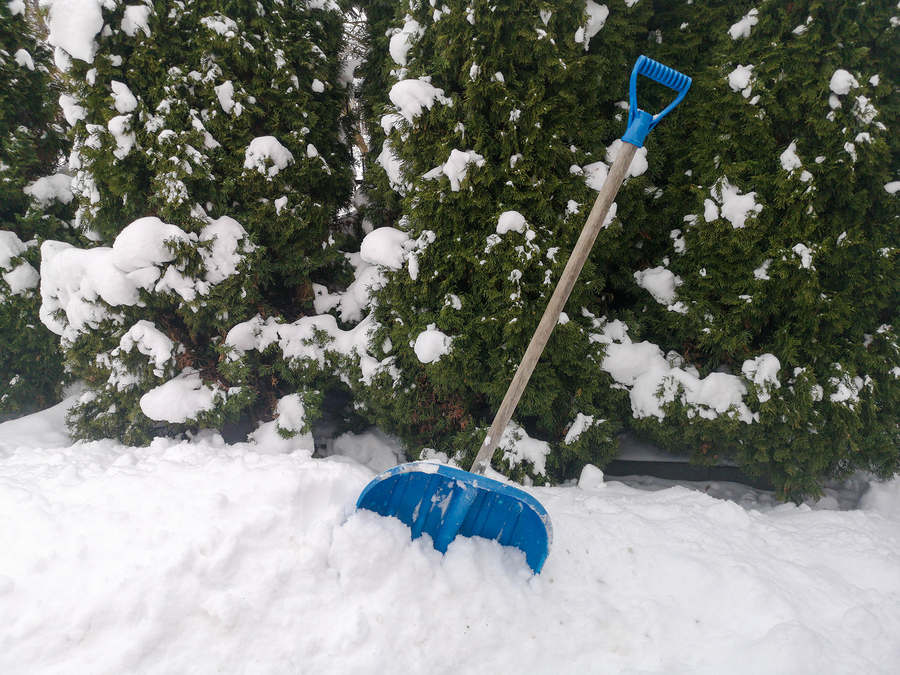
Six Eco-Friendly Snow Removal Options for Your Home
There’s no question that snow removal is a necessity when it comes to maintaining safety during the winter months. Unfortunately, some of the methods used for removing ice and snow simply aren’t go...
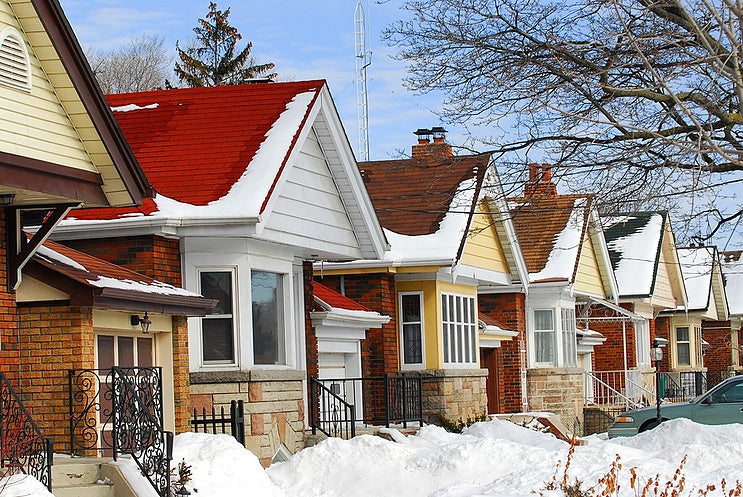
The Ultimate Winter Survival Guide: 15 Tips Every Homeowner Should Know
"Surviving" winter, both in terms of safety and finances, is not at all automatic. Winter weather brings with it numerous challenges that will test your property's durability and your ability to co...
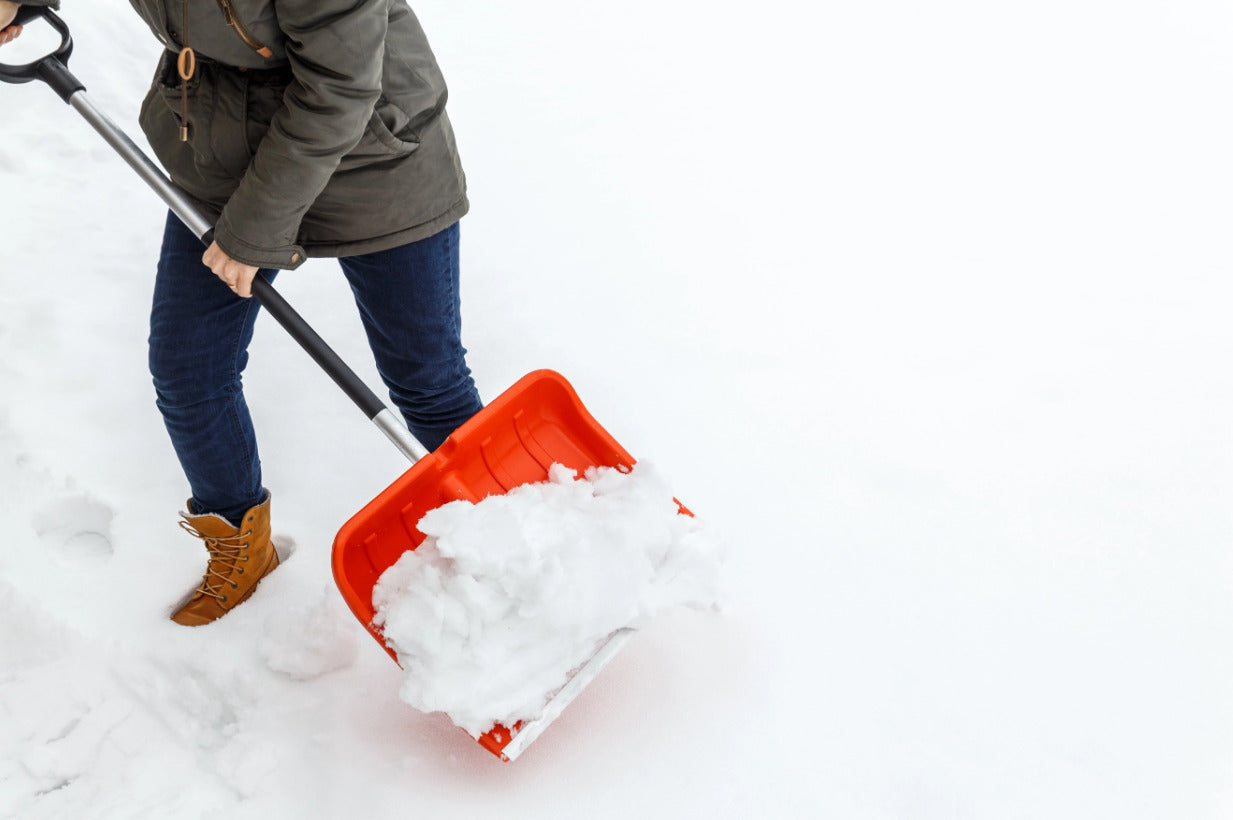
A Step-by-Step Guide to Shoveling Snow
Shoveling snow from your driveway and outdoor walkways may seem like a task that requires little, if any, forethought and planning. But, a bit of preparation and a few shoveling techniques not only...
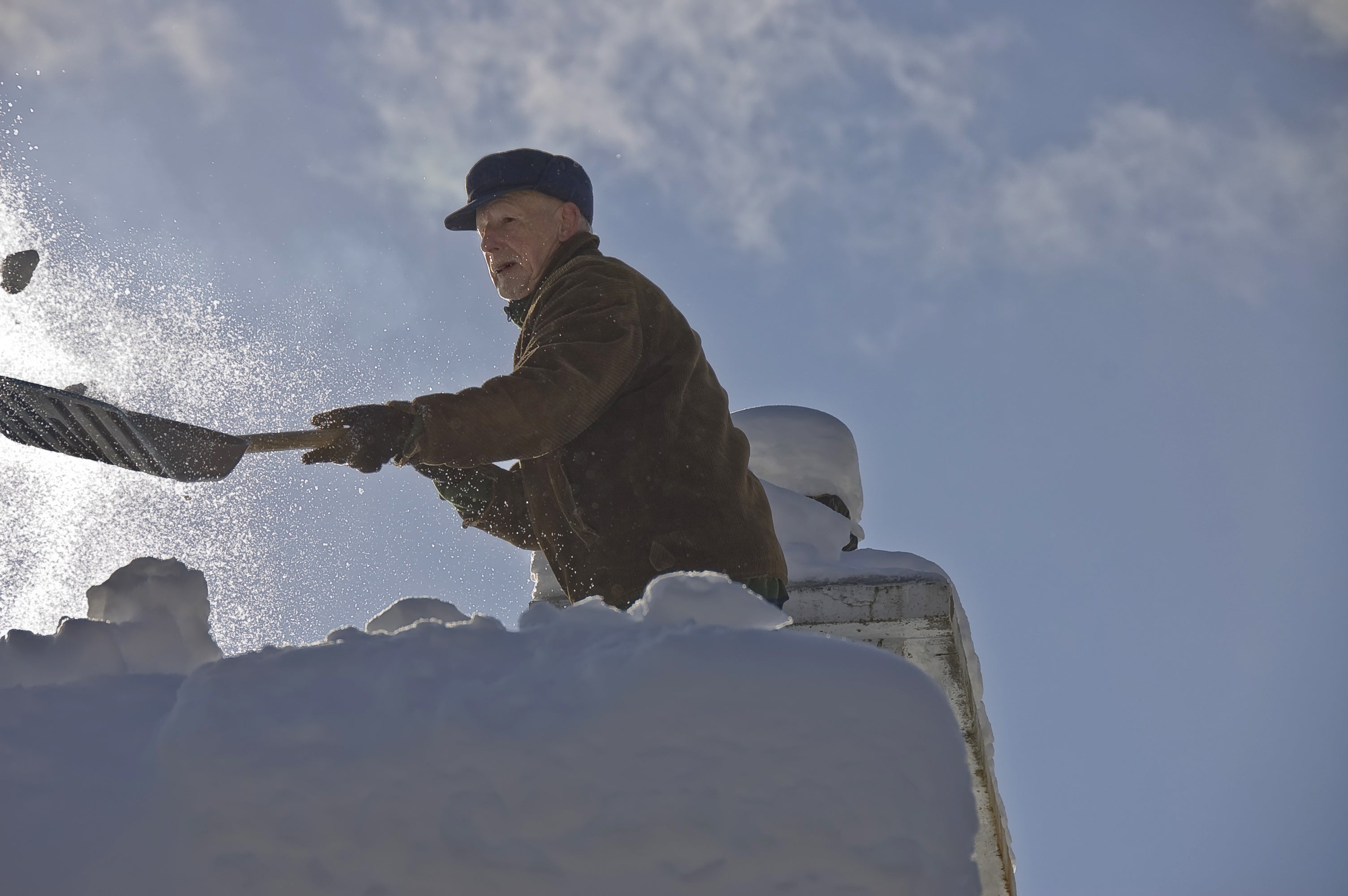
A Reality Check for Seniors Living Alone in Wintertime
With modern technologies at their disposal, more awareness of smart, healthy lifestyle practices, and a wider range of connectivity, seniors have developed into a stronger, more independent generat...
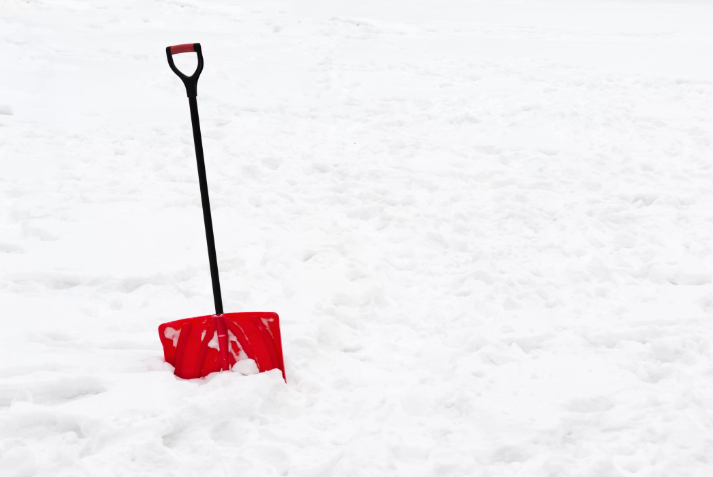
5 Ways to Get Help With Snow Removal for Your Elderly Parents
The winter months are tricky to navigate for anyone, but the group of people who faces the most difficulty is unquestionably the elderly. To start, seniors are very susceptible to slipping and fall...